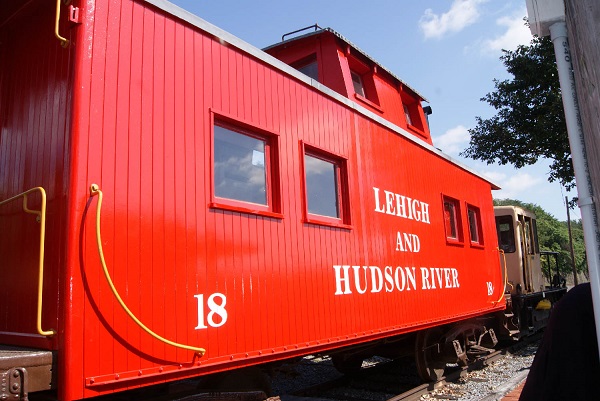American Historic Small-Town Itineraries
Phillipsburg is a historic town with a growing base of small and mid-size businesses thirty minutes from the Pocono Mountains, and midway between Philadelphia and New York City.
Located on the
Delaware River, in a beautiful setting of rolling hills, woodlands, and flowing
waters, this town offers the best of all worlds in a close-knit community of
families and friends, as you enjoy all the advantages of urban living as well
as rural atmosphere and a quaint downtown waterfront shopping district.
A sister city to industrial Easton, across the Delaware River on the border with Pennsylvania, Phillipsburg is considered part of the Delaware Valley region and the eastern border of the Lehigh Valley. The Norfolk Southern Railway Lehigh Line runs through Phillipsburg on its way to cross the river to Easton. The Belvidere Delaware Railroad was leased and later acquired by the Pennsylvania Railroad, connecting the lower Poconos to Trenton and Philadelphia.




